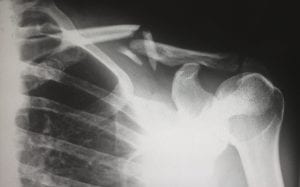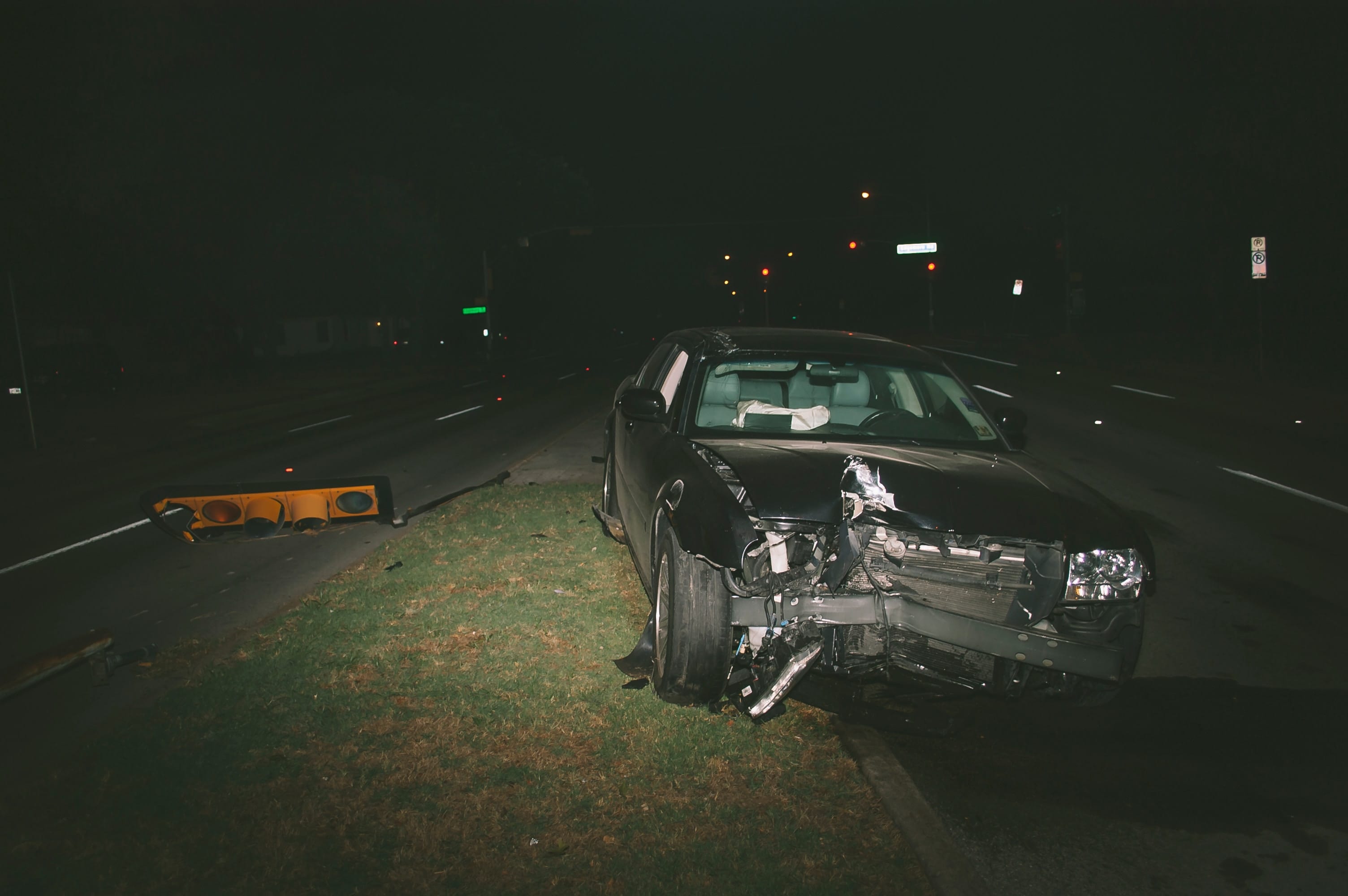Regardless of whether the defendant accepts or denies the liability, all parties involved can start negotiations through their appointed representatives (who are lawyers) and try to reach for some settlement.
Knowing the procedure of filing and following up with personal injury compensation claims will help you figure out the prospects of settlement at the insurer’s level. Else the case drags up to the court. Since only a small percentage of cases go to court, the chances of settlement by insurance companies are always high. Only remarkably high-value claims are filed in the courts and again if you are not happy with the settlement offered by the insurance companies, then you can move court. No matter at which level the settlement happens, you must have a personal injury attorney to deal with your case for ensuring the right outcome because it is a legal process best handled by legal professionals experienced in personal injury laws.
Knowing the steps involved in filing the claim will make you confident of making the right moves.
Appoint a lawyer
Consult a personal injury lawyer soon after the accident and entrust the case to him or her because they only can determine the merit of the case and the prospects of settlement. The lawyer will hear from you the details of the incident that caused the damage and injuries to understand the circumstances that led to the accident and, based on the findings, will determine how good a chance you have for receiving fair compensation.
The process begins
Soon after you appoint the lawyer, they would initiate the pre-action protocols that consist of a set of procedures. The lawyer will first send out a letter of claim to the third-party responsible for the accident that includes details of what happened exactly to you during the accident and injuries suffered, both physical and mental, as assessed until that point in time. The reply to the letter of claim and acknowledgment of receipt must come from the third-party within 21 days. Either the individual or the insurance company, through their legal representatives, must respond to the letter.
After that, a three-month window is available for investigating the claim, after which the defendant must either accept or refute the legal responsibility.
Gathering evidence

While you can start gathering evidence from the accident scene as soon as you recover from the initial shock, later, your personal injury lawyer will help you in the task so that the collected evidence helps to build a strong case in your favor. Besides material evidence, photos, and videos, statements of witnesses are primary evidence. You have three months from the date of receipt of the reply from the defendant or the offending party to put together all evidence. Also, the medical evidence comprising of medical reports from the initial injuries to the treatment that follows constitutes valuable evidence.
Negotiation for settlement
Regardless of whether the defendant accepts or denies the liability, all parties involved can start negotiations through their appointed representatives (who are lawyers) and try to reach for some settlement.
Usually, your lawyer should be able to reach a fair settlement, but if it fails, you must appeal to the court and start a new phase for seeking the compensation you deserve.


Join the conversation!